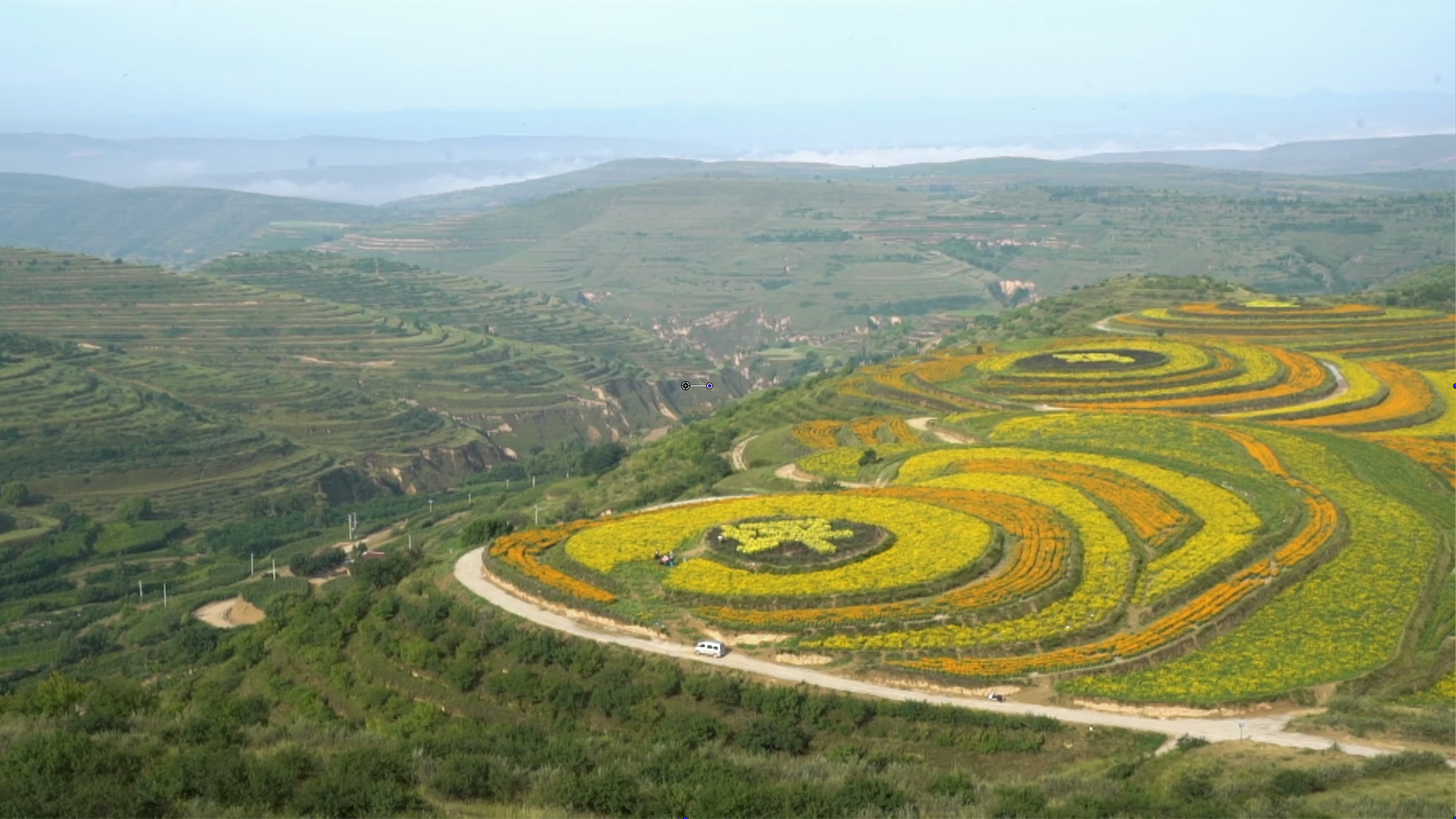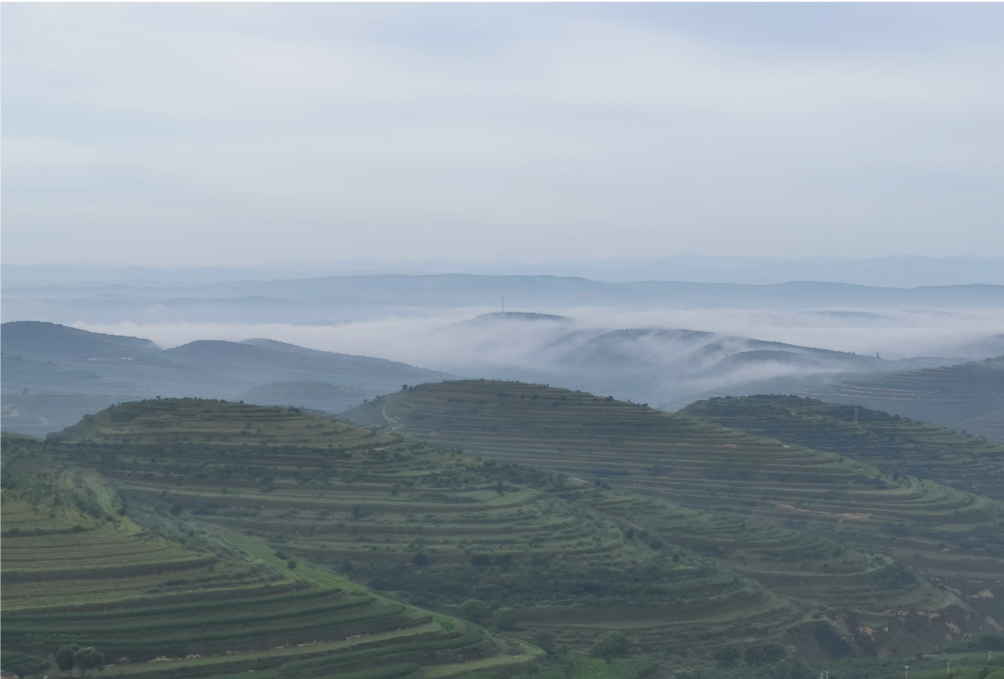03:33

Tales along the Yellow River, in a way, are tales of the loess plateau, as well.
"Loess" is a word of German origin, which means loose, and the soft, loose property of the soil makes it highly susceptible to erosion. So, the loess plateau where the Yellow River passes through in its upper and middle reaches is where the river gets its large amount of sediment, hence its name.
The loess plateau is of symbolic importance for the Chinese as well: Several millennia ago it was on the plateau where northern China's dry land agriculture emerged, and those who are familiar with China would know that until the 1980s a big part of the country's population still relied on farmlands for a living.

Farmers used to use cattle to plough fields in Ningxia./Photo provided by the government of Pengyang county.
Farmers used to use cattle to plough fields in Ningxia./Photo provided by the government of Pengyang county.
But thousands of years of cultivation, compounded by the powdery nature of the soil and the growth in population, had already led to a near-collapse of the plateau's ecosystem and widespread poverty by the beginning of the 20th century.
So the rehabilitation of the loess plateau was a project that began even before the People's Republic of China was founded. But it wasn't until much later when the government-led initiative started to really transform the plateau's gullied landscape, in a way thanks to the large amount of migrant workers who left the countryside in search for opportunities in cities as well.

The historically destitute "Xihaigu" region now green with terraces./CGTN Photo
The historically destitute "Xihaigu" region now green with terraces./CGTN Photo
And this story, is about such a transformation, in a region historically known as "Xihaigu," a combined name for several extremely impoverished counties in southern Ningxia, which 40 years ago, was designated by the United Nations as one of the world's least habitable areas for humans.

A woman harvests hickory nuts for crafting, a side benefit of the local tree planting efforts./CGTN Photo
A woman harvests hickory nuts for crafting, a side benefit of the local tree planting efforts./CGTN Photo
(Cover image via screenshot.)
(If you want to contribute and have specific expertise, please contact us at nature@cgtn.com)